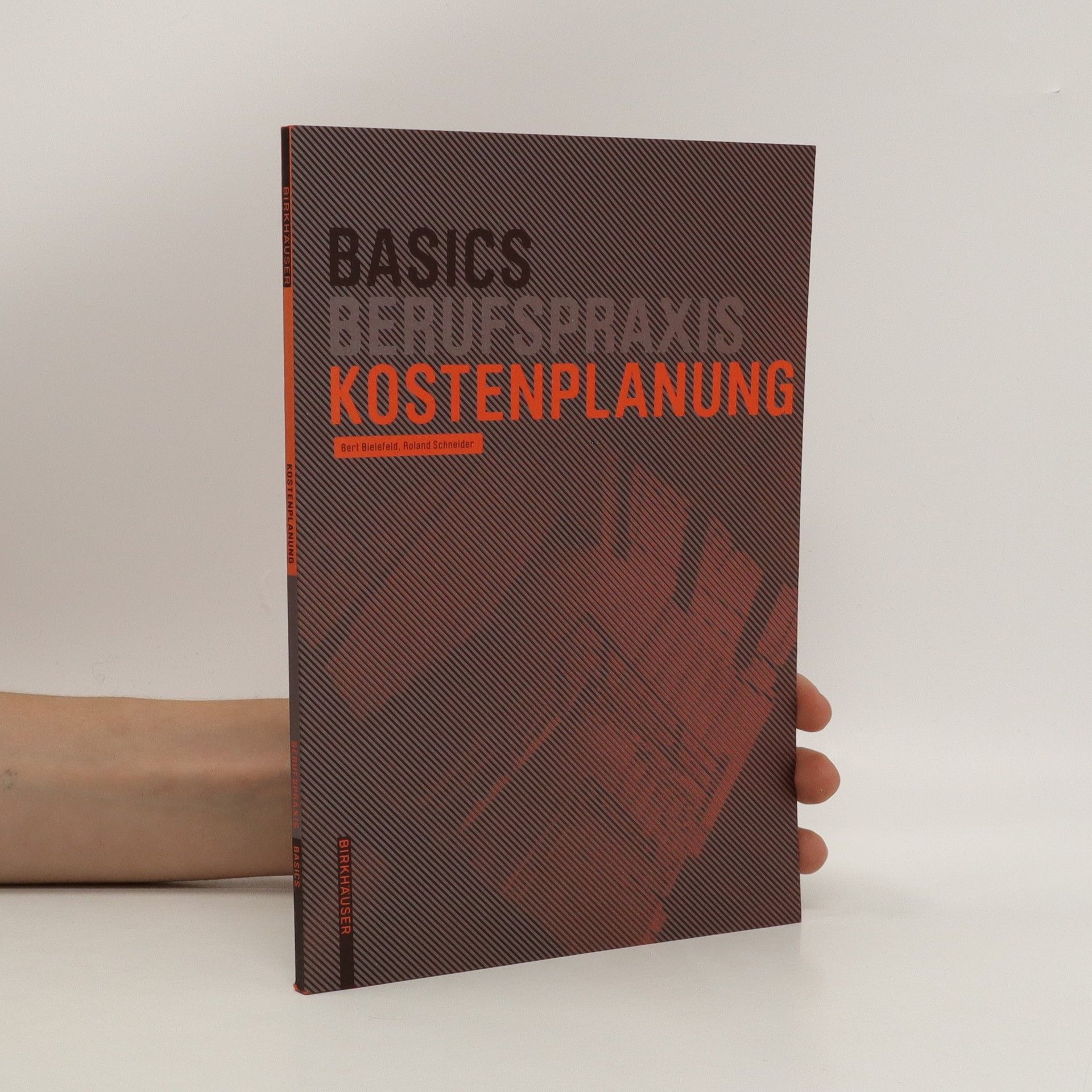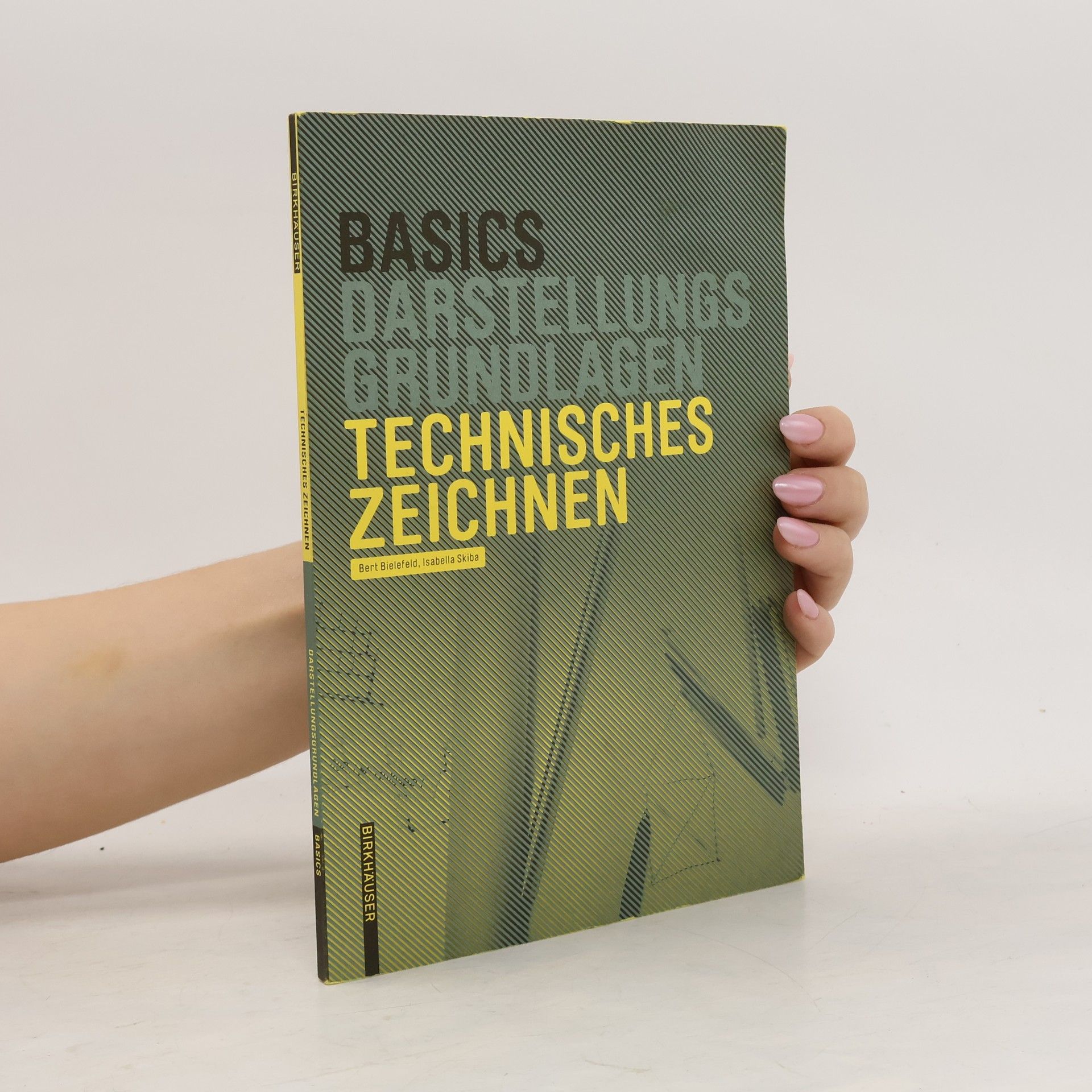Flächen Rauminhalte
DIN 277 und alle relevanten Richtlinien Kommentar, Erläuterungen, Bildbeispiele
- 168 pages
- 6 hours of reading
Die Kommentierung bietet eine praxisnahe Analyse der DIN 277 und der Wohnflächenberechnung (WoFlV) aus der Ausgabe 2021-08. Sie enthält zahlreiche Bilderklärungen und berücksichtigt alle relevanten Richtlinien, die für die Flächenberechnung und das Flächenmanagement wichtig sind. Das Buch richtet sich an Fachleute, die eine fundierte und verständliche Anleitung zur korrekten Anwendung der Normen suchen.




